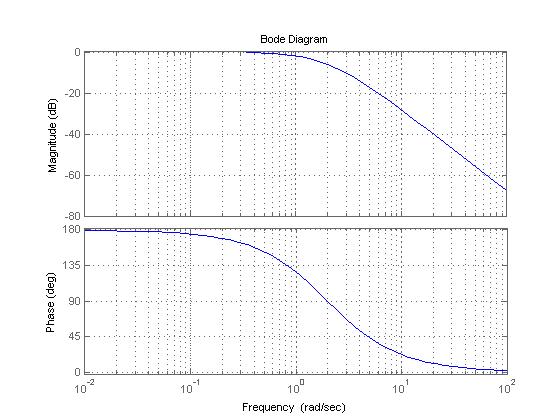|
|
| Line 82: |
Line 82: |
|
|
|
|
|
|
|
|
|
<math>\text {So as you can see the value for the initial position will be 0. Because the infinity in the denominator always makes the function tend toward zero.}\,</math> |
|
<math>\text {So as you can see the value for the initial position will be 0.}\,</math> |
|
|
<math>\text {Because the infinity in the denominator always makes the function tend toward zero.}\,</math> |
|
|
|
|
|
<math>\text {Which makes sense because the system is initially in equilibrium. }\,</math> |
|
<math>\text {Which makes sense because the system is initially in equilibrium. }\,</math> |
| Line 94: |
Line 95: |
|
|
|
|
|
<math>\text {This shows the final value to be}\,</math> |
|
<math>\text {This shows the final value to be}\,</math> |
|
<math>-\frac{4}{4}ft</math> |
|
<math>-\frac{4}{4}m</math> |
|
|
|
|
|
<math>\text {Which appears to mean the system will be right below equilibrium after a long time. }\,</math> |
|
<math>\text {Which appears to mean the system will be right below equilibrium after a long time. }\,</math> |
Using the Laplace Transform to solve a spring mass system that is critically damped
Problem Statement
An 98 Newton weight is attached to a spring with a spring constant k of 40 N/m.
The spring is stretched 4 m and rests at its equilibrium position.
It is then released from rest with an initial upward velocity of 2 m/s.
The system contains a damping force of 40 times the initial velocity.
Solution
Given







Solving the problem






![{\displaystyle {\mathcal {L}}[{\frac {d^{2}x}{dt^{2}}}+{\frac {40}{10}}{\frac {dx}{dt}}+{\frac {20}{5}}x]}](https://wikimedia.org/api/rest_v1/media/math/render/svg/e345f0da39c1bbd518a3b0f9f559d233f42cf82e)






![{\displaystyle {\mathcal {L}}^{-1}[-{\frac {4}{(s+2)^{2}}}]}](https://wikimedia.org/api/rest_v1/media/math/render/svg/636e9fcb557ef58d3f0b4cfc97e5ccf9efa9f103)



Apply the Initial and Final Value Theorems to find the initial and final values
- Initial Value Theorem

- Final Value Theorem

Applying this to our problem












Bode Plot of the transfer function
Transfer Function

Bode Plot

Break Points

Transfer fucntion




Convolution
coming soon...?
Created by Greg Peterson
Checked by Mark Bernet













![{\displaystyle {\mathcal {L}}[{\frac {d^{2}x}{dt^{2}}}+{\frac {40}{10}}{\frac {dx}{dt}}+{\frac {20}{5}}x]}](https://wikimedia.org/api/rest_v1/media/math/render/svg/e345f0da39c1bbd518a3b0f9f559d233f42cf82e)






![{\displaystyle {\mathcal {L}}^{-1}[-{\frac {4}{(s+2)^{2}}}]}](https://wikimedia.org/api/rest_v1/media/math/render/svg/636e9fcb557ef58d3f0b4cfc97e5ccf9efa9f103)






















